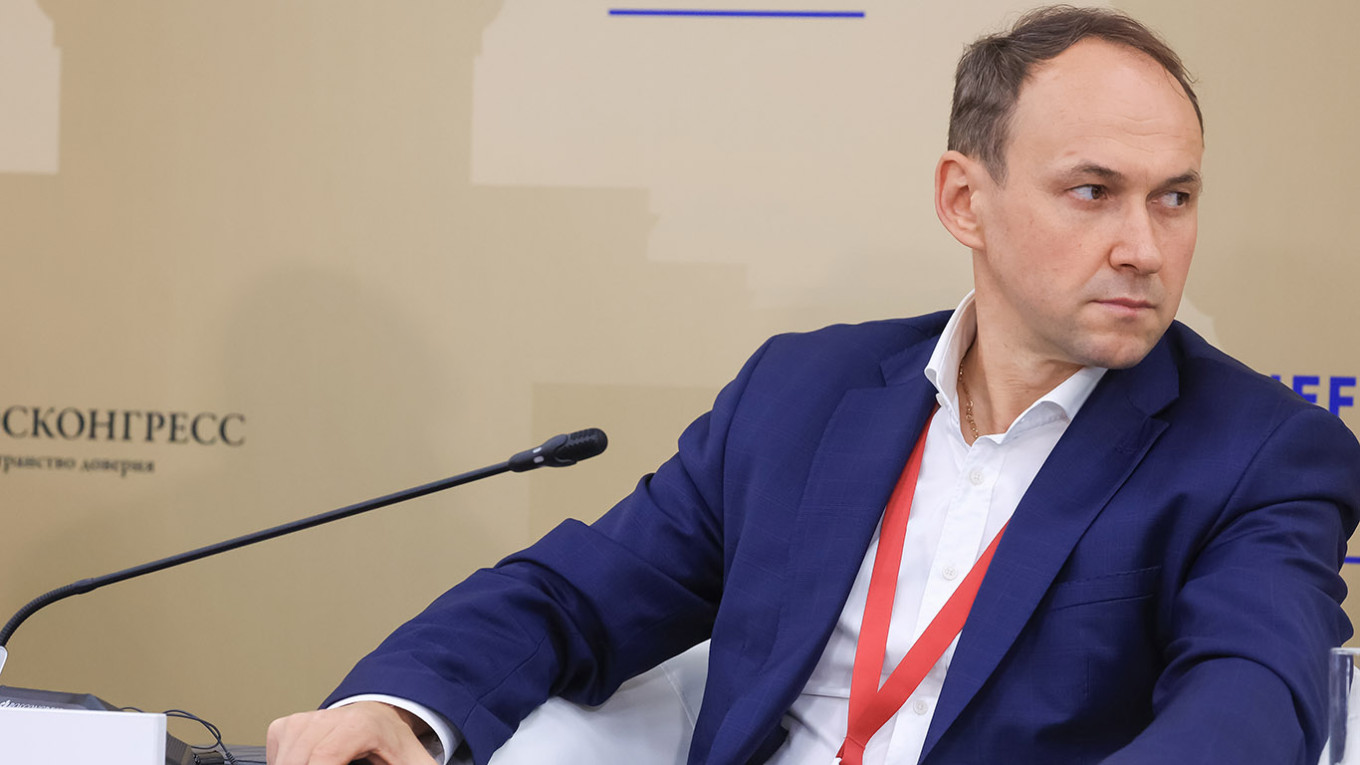The CEO of one of Russia’s largest steel manufacturing companies has issued a warning regarding potential cuts in production and shutdowns in the nation’s steel sector, attributing these concerns to a strengthening ruble and elevated interest rates that are hindering demand and profitability.
The steel sector, which employs over 600,000 individuals and contributes approximately 10% to Russia’s export earnings, has traditionally served as a cornerstone of the country’s heavy industry.
During his address at the St. Petersburg International Economic Forum on Thursday, Alexander Shevelev, the head of Severstal, mentioned that the industry might face an inability to sell up to 6 million metric tons of steel this year, which represents nearly 10% of last year’s total production.
He noted that current projections for domestic steel consumption indicate a possible decrease in demand from 43-45 million tons to around 39 million tons this year.
“Essentially, this signifies the loss of an entire industry’s worth of demand,” Shevelev remarked.
Simultaneously, exporting steel has become economically unfeasible due to the significant rise in the ruble’s value.
“The industry is, in fact, nearly incapable of exporting metal products as it is no longer economically viable,” added Shevelev.
He suggested that an exchange rate of 90-100 rubles per dollar, along with a lowered key interest rate, could help steel manufacturers remain competitive and stimulate business activity in sectors that consume steel.
“However, at present, the situation is shifting towards potential production halts at certain plants, particularly those facing increased production costs,” he cautioned.
According to the World Steel Association, Russia’s steel output saw an 8.6% decline in 2024—the most significant drop among major steel-producing nations—and plummeted an additional 7.2% in the initial four months of 2025.
Since the onset of the full-scale invasion of Ukraine, Russian steel exports have decreased by over a third, dropping from 32 million tons in 2021 to 20 million tons in 2024.
Analysts indicate that the downturn in the industry has escalated to crisis levels. A report from investment firm BCS highlighted a 5% drop in export prices for Russian steel in dollar terms and a 26% decline in ruble valuations since January. Coupled with a slowdown in construction, this has further weakened domestic demand.
Major companies are already reporting financial losses. Novolipetsk Steel (NLMK) recorded a loss of 300 million rubles ($3.9 million) for 2024, while Magnitogorsk Iron and Steel Works (MMK), the country’s largest steel producer, faced a loss of 1.2 billion rubles ($15.6 million) in the first quarter of this year.
Severstal remained in the black, announcing earnings of 11.9 billion rubles ($154.7 million) between January and March, but experienced a negative cash flow of 33 billion rubles ($429 million).
In response, the government is contemplating tax breaks and regulatory changes to aid the industry.
This week, Industry and Trade Minister Anton Alikhanov indicated that Moscow is considering revising the excise tax structure for liquid steel as part of broader initiatives to alleviate the burden on producers.
“The current exchange rate has regrettably become a barrier for exporters,” Alikhanov stated. “We believe it is time to optimize the fiscal pressures on the metallurgical sector and reduce regulatory expenses.”

